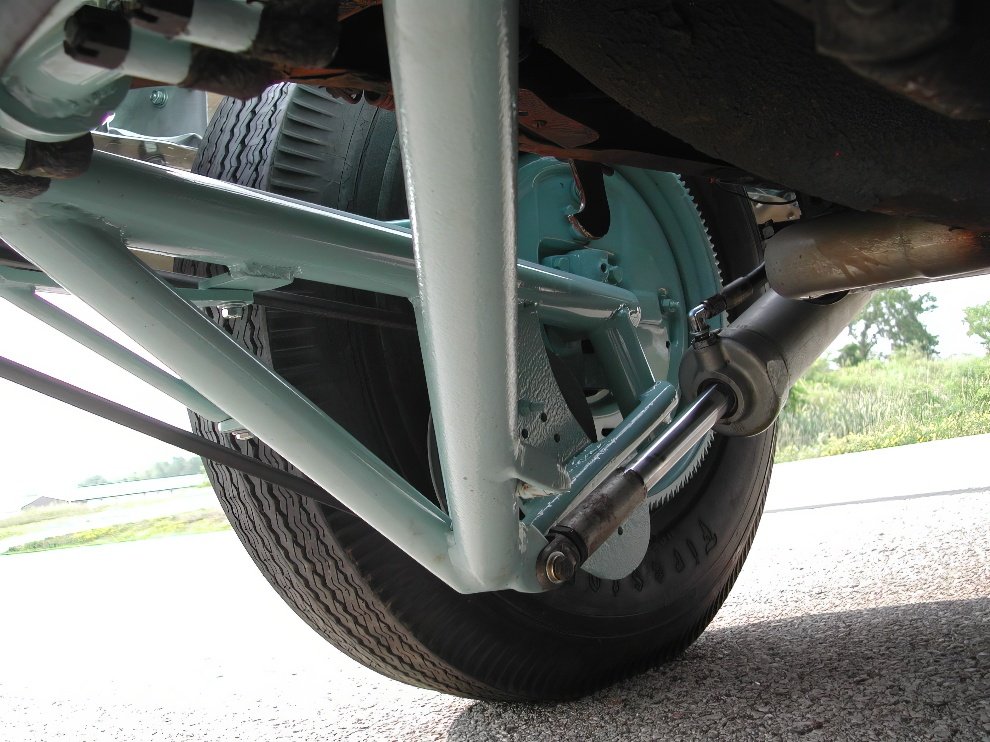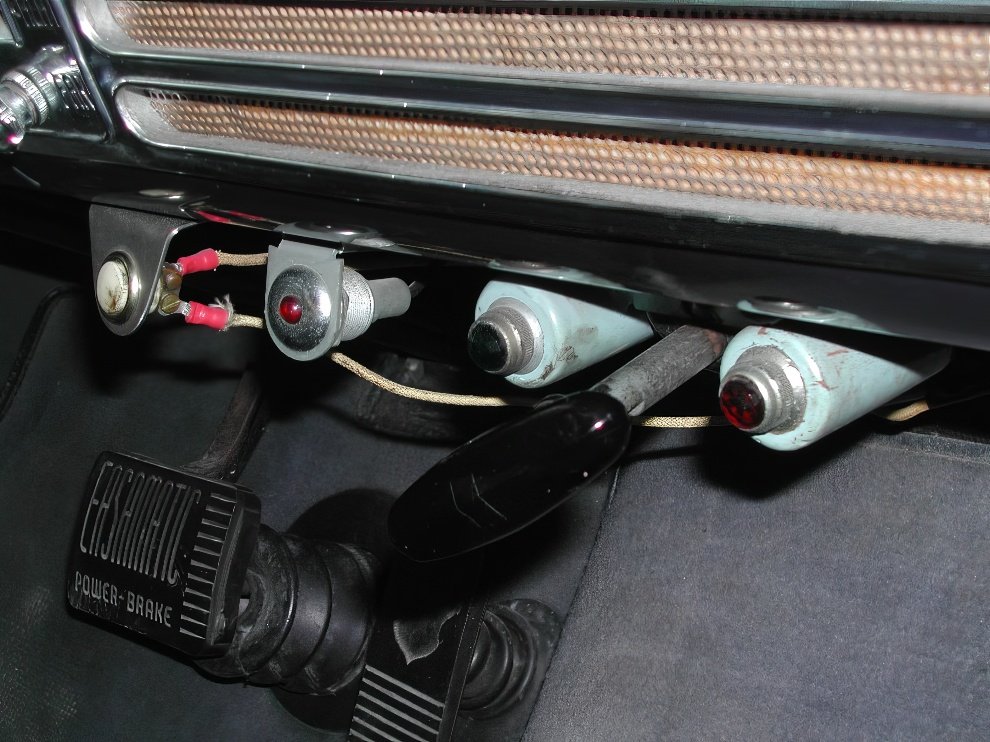
In 1953, Brooks Walker turned a Packard Cavalier sedan from his California business, Walker Research, into one of the most famous Packards after World War II.
He designed a unique system for easier parking, using hydraulic pumps, lines, gears, and the Packard’s left rear tire and continental spare tire. Unfortunately, Walker’s idea didn’t gain popularity, making his personal 1953 Packard Cavalier the only known example with this patented system.
h/t: vintag.es

Even in the 1970s, Walker worked on a parallel-parking system for cars, and his final attempt involved a Saab sedan. He owned multiple 1950s cars equipped with different versions of his self-parking device, including an early-1950s Ford station wagon, a 1957 Oldsmobile station wagon, and a 1951 Cadillac Series Sixty Special. Each car was modified to conceal a tire underneath for parking by cutting parts of the car’s underside and extending rear fenders for the gas tank.

The Packard Cavalier stood out due to its utilization of the continental kit’s tire for lateral car movement. This groundbreaking feature brought Walker one step closer to his objective of developing a bolt-on self-parking kit that could be used on any car without modifying its fundamental structure.

After Walker sold the distinctive Packard in the 1980s, it underwent two subsequent ownership changes. A friend of Willie Mehn from Berlin, Wisconsin stumbled upon it in a barn and persuaded Mehn and his grandson, Michael Mehn, to acquire it jointly.

The Packard, from Walker’s California collection, was well-preserved. It required a new coat of light blue paint due to chipping, but all chrome and stainless trim were meticulously restored. The weatherstripping, in excellent condition, was reinstalled after repainting.

The car was mechanically sound, except for the hydraulic components of the self-parking system. The Mehn duo carefully refurbished the hydraulic pumps, and replaced the belts and hoses, guaranteeing the system’s long-term operability.

Today, Packard’s hydraulic self-parking system enables the car to perform circular movements as intended by Walker.






![[image] 170734](https://buzzbloq.com/wp-content/uploads/2024/06/1718715940_The-Superb-Tulle-Sculptures-by-Benjamin-Shine-raquo-Design-You.jpg)